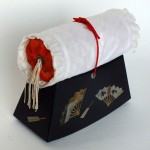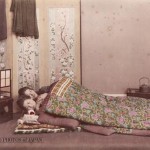I’m delving into the paranormal life and times of Japanese Gods and Goddesses. Not delving, let’s just say putting my toes into the ocean. So the first one of these series of blogs, one of the main ones for my sequel to Pillow Book of the Flower Samurai, is Benzaiten, or Benten. She is amazing. As you can see, women tattoo their bodies with her image. Why is she so popular? As a Goddesses, they don’t get much better. Even her name: … Continue reading →
BENZAITEN-Japanese Gods and Goddesses



